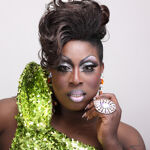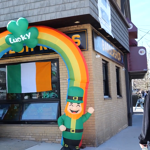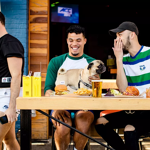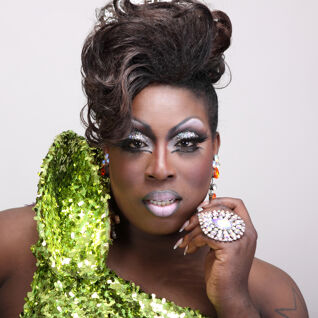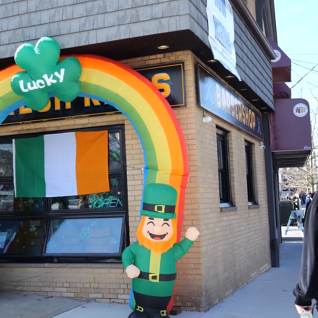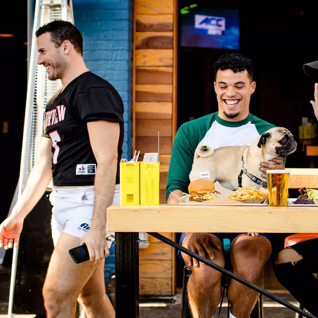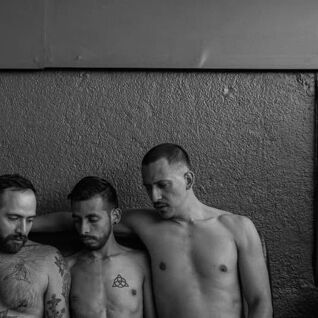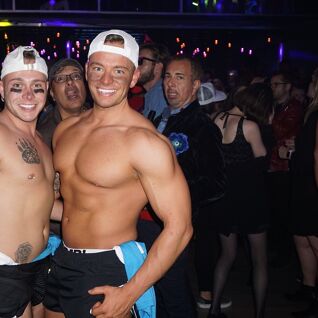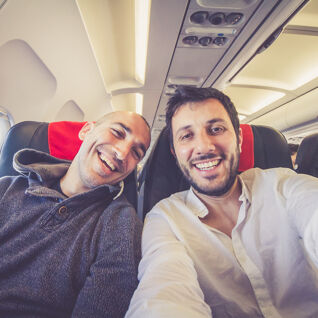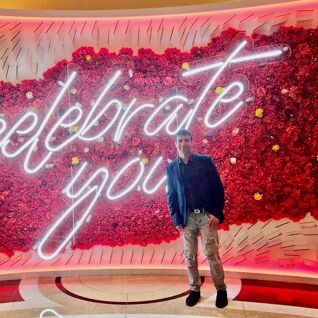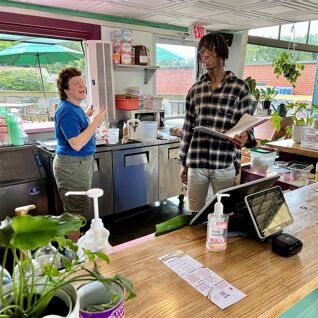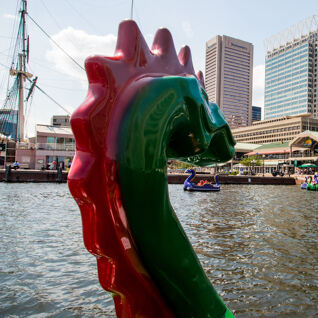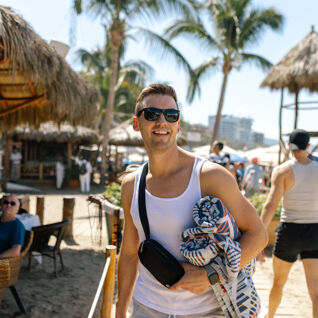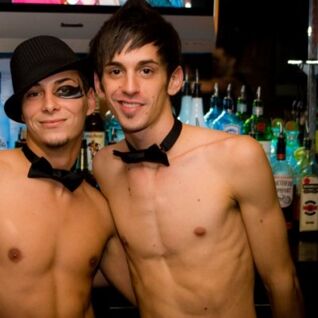
One of the 20th century’s most famous clubs is being celebrated with an exhibition at the Brooklyn Museum, New York City.
Of course, Studio 54: Night Magic, is closed to the public right now, along with it’s 650 objects – including plenty of photos – exploring the history of this influential, legendary nightspot.
While you are stuck at home, we rounded up some of the highlights for your viewing pleasure along with some narration.

Studio 54 (at 254 West 54th Street) was opened in April 1977 by the – then closeted – gay entrepreneur Steve Rubell and designer and future hotelier Ian Schrager. Both men heralded from Brooklyn. It quickly became the hippest place to be seen during the heyday of disco in New York.

Right: Grace Jones Performance, NYE 11/18, 1977-78. Courtesy of the artist. © Ron Galella
Rubell would famously hand-pick some of the best-looking people from the queues outside for entrance to the disco – including plenty of the hot guys who caught his eye.
Related: New York gay bars
The venue also became a magnet for the famous, with the likes of Andy Warhol, Bianca Jagger and Liza Minelli as regulars. Singers to perform there included Grace Jones, Diana Ross, and Donna Summer.
The exhibition looks at Studio 54 in the context of the times. New York City was a very different place. It was nearly bankrupt in the mid-70s after the Vietnam War, and low-rents attracted a diverse multitude of artists, fashion designers, writers, and musicians to the city. Studio 54 was where many of them wanted to be seen.

The exhibition is curated and designed by Matthew Yokobosky, Senior Curator of Fashion and Material Culture, Brooklyn Museum.
“Studio 54 has come to represent the visual height of disco-era America: glamorous people in glamorous fashions, surrounded by gleaming lights and glitter, dancing ‘The Hustle’ in an opera house,” says Yokobosky. “At a time of economic crisis, Studio 54 helped New York City to rebrand its image, and set the new gold standard for a dynamic night out. Today the nightclub continues to be a model for social revolution, gender fluidity, and sexual freedom.”

Besides photos, the exhibition features fashion designs of the era, drawings and sketches for set designs.

Studio 54 was closed in February 1980, and both Rubell and Schrager went on to other ventures – with Rubell opening The Palladium nightclub and Schrager finding greater fame and fortune with his many swanky hotels.
Related: NYC museum exhibition celebrates photos of activists and artists, and a few nudes too
Rubell discovered he’d contracted HIV in the mid-80s and died from AIDS-related illness in 1989. A section of the exhibition highlights regulars and others associated with Studio 54 who died from AIDS and other causes.

Right: Pat Cleveland on the dance floor during Halston’s disco bash at Studio 54, 1977. (Photo: Guy Marineau / WWD / Shutterstock)

Check out more here: www.brooklynmuseum.org
